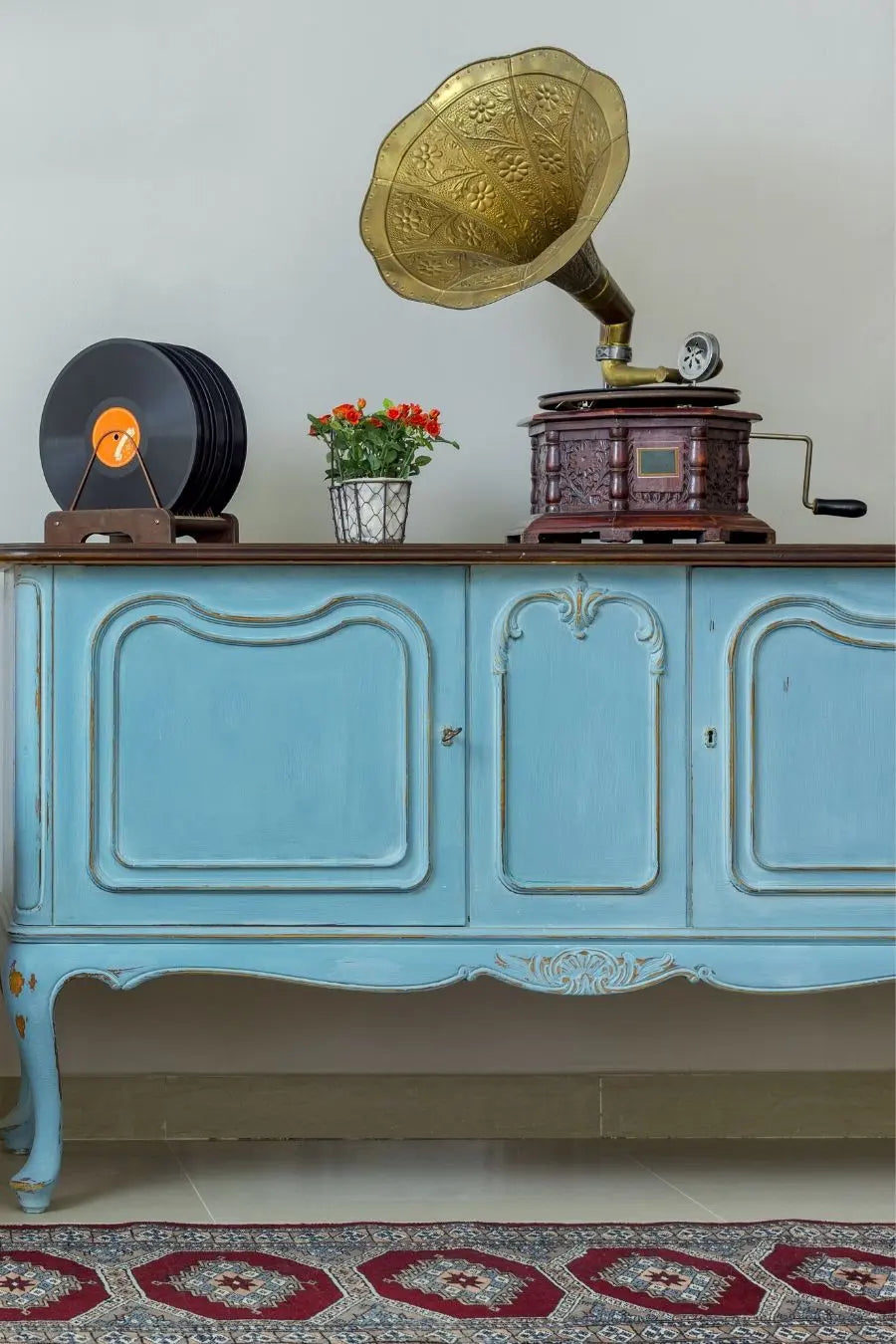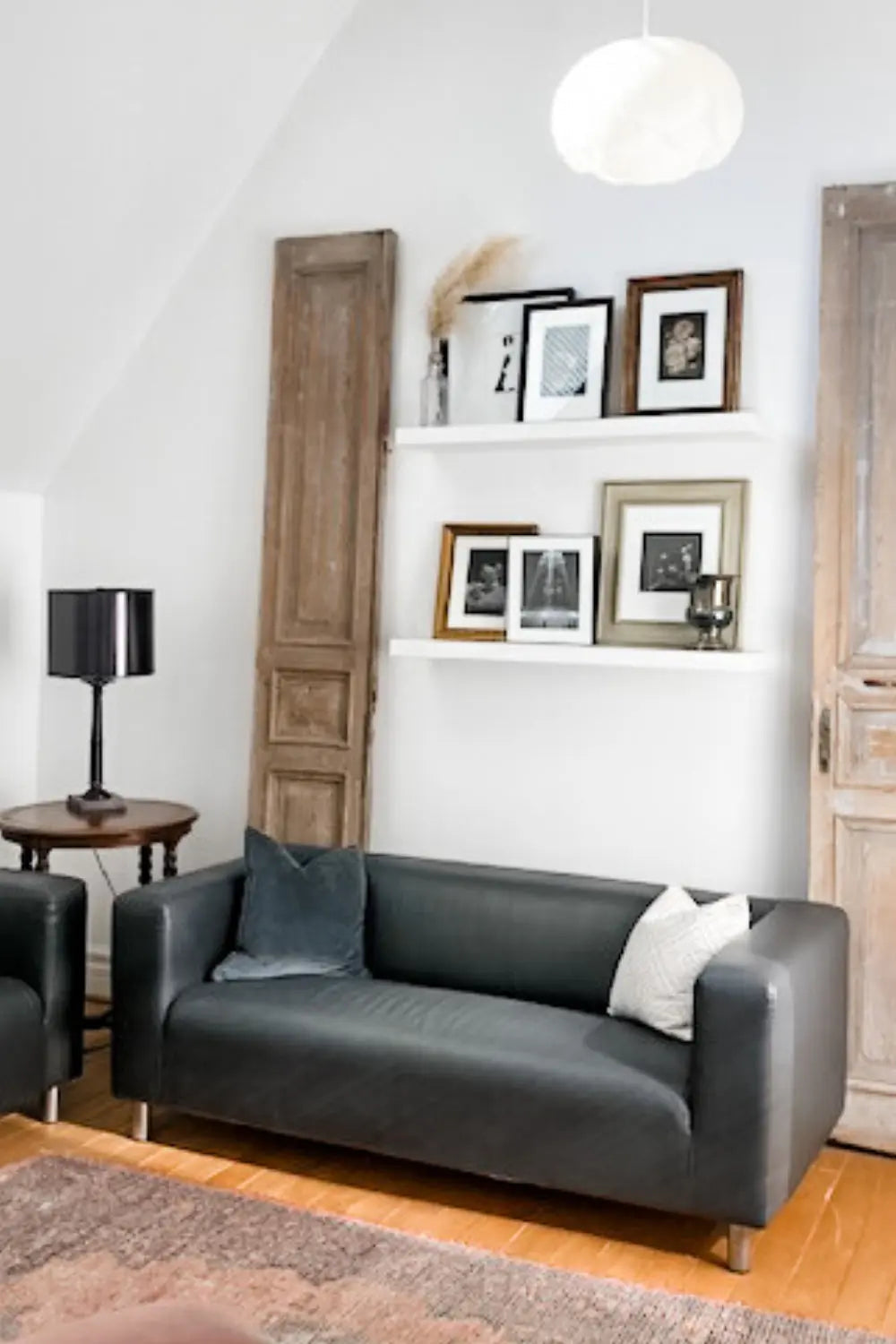Despite the growing interest in vintage furniture, there still seems to be a bit of contention about what the phrase “vintage” really means. In some circles, the terms “vintage,” “retro,” and “antique” are used interchangeably. However, as any respected furniture vendor will tell you, these phrases could not be more distinctly different! In order to uncover exactly what is considered vintage furniture, we must first delve into what vintage furniture is not. For that, we must prepare to travel back several decades and across various stylistic movements. This brief guide explores what is considered vintage furniture, as well as several tips for incorporating such pieces into your home’s design.
Vintage, antique, and retro, oh my!
As we’ve stated, the terms “vintage,” “antique,” and “retro” have similar meanings in colloquial English, despite the fact that they refer to diverse time periods. These terms each refer to different, distinct time periods in which a piece of furniture was constructed. Antique furniture dates back the furthest and generally refers to pieces that were constructed upward of 100 years ago. Some antique dealers may alter this definition to include pieces that are over 50 years old, but in most cases, antiques date back at least a century. Vintage pieces are next in the lineup and generally refer to items that were constructed between 50 and 100 years ago. Retro pieces are the most recent and generally refer to furniture that was constructed between the 1950s and the 1980s. These pieces often adhere to a midcentury modern style and may feature bold color combinations that were popular at the time.
An important distinction
Not all pieces that date back several decades may be considered vintage, however. There is an important distinction to be made between items that are vintage and those that are simply old. In order to be correctly classified as a vintage item, a piece must exemplify various stylistic elements that are characteristic of a given time period. For instance, a piece that exhibits clean, curved lines and natural wood finishes that are characteristic of the midcentury modern style may be classified as vintage, as could pieces from notable furniture makers such as Charles and Ray Eames or Ludwig Mies van der Rohe.
Decorating with vintage pieces
When adorning your home with various vintage pieces, it’s always best to try to stick to one distinct stylistic period. Matching vintage home decor items with furniture from the same time period will help create a more cohesive look throughout the entire space. That’s not to say that you must go without the comforts of modern technology and design, however. If you’d prefer to supplement your vintage furniture with more modern accouterments, try your best to ensure they exhibit some of the same stylistic elements as the original vintage pieces, whether through their shape, finish, color, or pattern.



